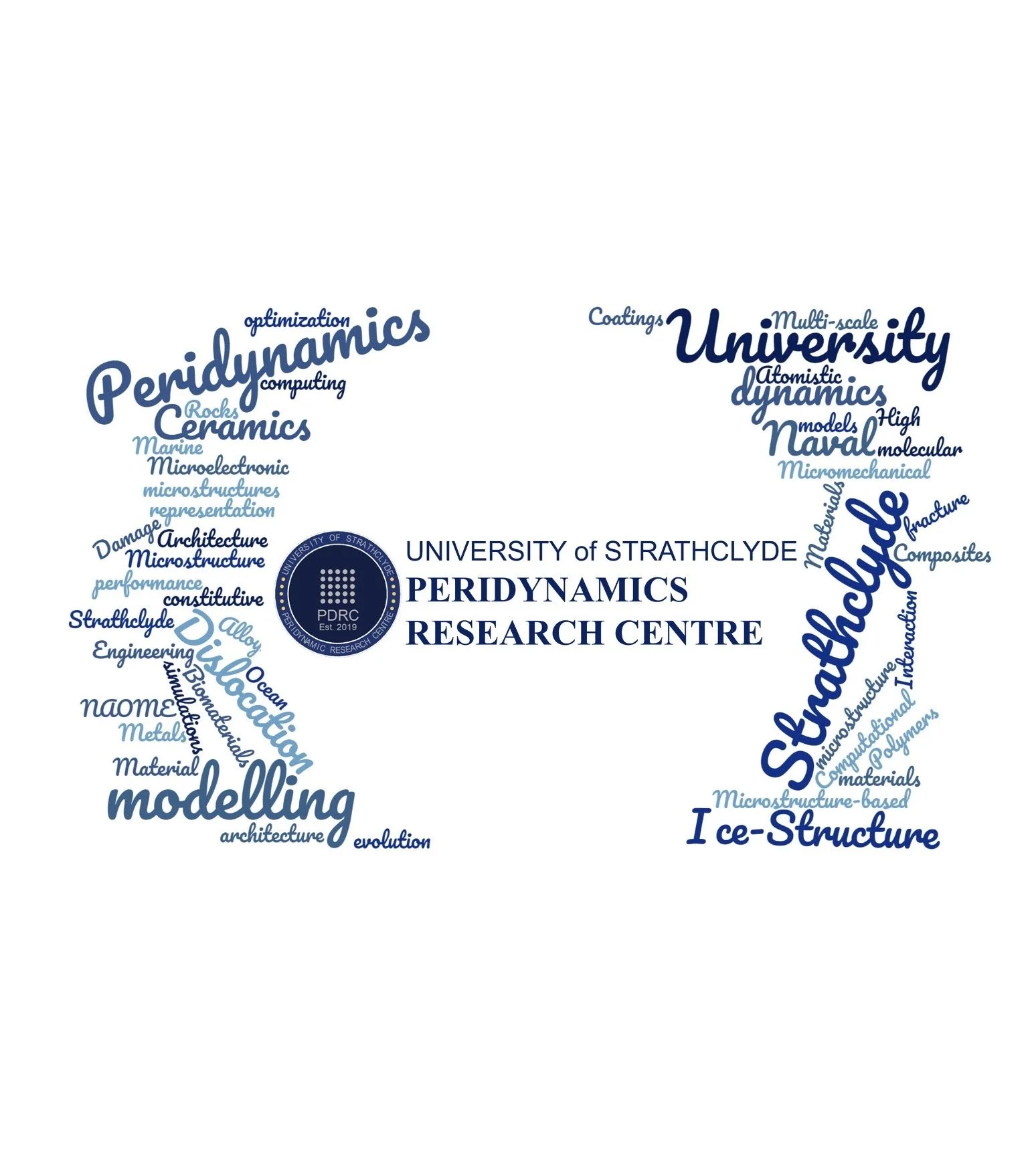DATA SCIENCE & DIGITAL TWIN
STRUCTURAL HEALTH MONITORING
Structural health monitoring (SHM) is a procedure that obtains precise real-time information from a structure regarding its global or local structural state. The main objective of SHM is the detection of unusual structural behaviors, which pinpoint failure or an unhealthy structural condition. Detection of an unhealthy condition not only contributes to the detailed inspection plan of the structure, but also reduces uncertainty concerning the structure that is being monitored. The exercise of SHM serves to both increase human and environmental safety while at the same time reducing maintenance costs. As a consequence, it is necessary to develop a SHM system that uses the measured data obtained from the on-board sensors for any type of practical engineering applications such as bridges, ships, aerospace vehicles etc.
UNDERWATER ACOUSTICS
Underwater acoustics is the study of the propagation of sound in water and the interaction of the mechanical waves that constitute sound with the water, its contents and its boundaries. The water may be in the ocean, a lake, a river or a tank. Typical frequencies associated with underwater acoustics are between 10 Hz and 1 MHz. The propagation of sound in the ocean at frequencies lower than 10 Hz is usually not possible without penetrating deep into the seabed, whereas frequencies above 1 MHz are rarely used because they are absorbed very quickly.
Transmission loss diagram for a spherical source
ARTIFICIAL INTELLIGENCE/MACHINE LEARNING
Artificial intelligence (AI), sometimes called machine intelligence, is intelligence demonstrated by machines, in contrast to the natural intelligence displayed by humans and other animals. AI is “a system’s ability to correctly interpret external data, to learn from such data, and to use those learnings to achieve specific goals and tasks through flexible adaptation”.
STRUCTURAL HEALTH MONITORING
Structural health monitoring (SHM) is a procedure that obtains precise real-time information from a structure regarding its global or local structural state. The main objective of SHM is the detection of unusual structural behaviors, which pinpoint failure or an unhealthy structural condition. Detection of an unhealthy condition not only contributes to the detailed inspection plan of the structure, but also reduces uncertainty concerning the structure that is being monitored. The exercise of SHM serves to both increase human and environmental safety while at the same time reducing maintenance costs. As a consequence, it is necessary to develop a SHM system that uses the measured data obtained from the on-board sensors for any type of practical engineering applications such as bridges, ships, aerospace vehicles etc.





